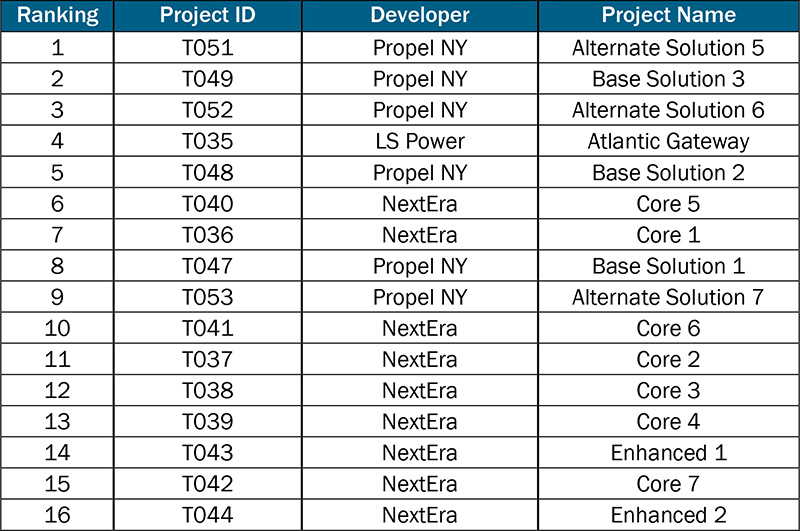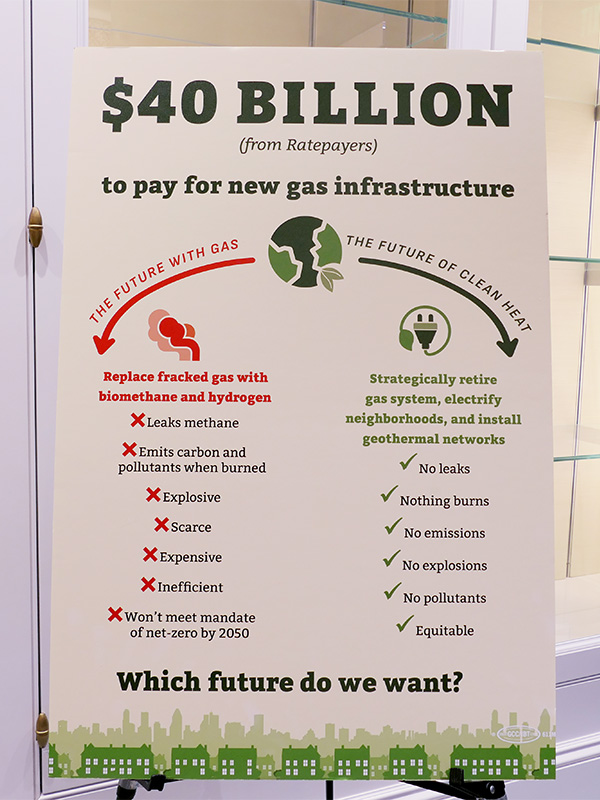The New Jersey Turnpike Authority has signed a deal to put 260 chargers on the state’s two main arteries — the turnpike and the Garden State Parkway — by 2038, even as environmental groups urged the state to move faster to adopt rules that would put more electric vehicles on state roads.
The authority’s agreement with Ireland-based Applegreen NJ Welcome Centres, which operates service area restaurants on the highways, requires the company to design, permit, install, own and operate 80 EV charging ports for passenger vehicles on the highways by the end of 2025.
Applegreen must install an additional 160 charging ports by April 2033, or whenever the number of EVs in New Jersey equals 10% of all vehicles in the state. The deal, which the authority board approved on April 25, also requires Applegreen to construct and operate 20 EV charging ports for medium-duty vehicles by the end of 2038.
The authority’s vote preceded a May 3 report by the Sierra Club and Natural Resources Defense Council (NRDC) highlighting what the groups say are the climate, health and job benefits of New Jersey adopting California’s Advanced Clean Cars II (ACC II) regulations. The rules would require 43% of new vehicles sold in the state to be zero-emission by 2027 and 100% by 2035.
“We urge New Jersey to move forward quickly with the Advanced Clean Cars II Program in order to promote public health and address the climate crisis, while also positioning ourselves as a market leader in clean transportation across the nation,” Anjuli Ramos-Busot, director of the New Jersey Sierra Club, said in a release outlining the report.
‘Omnipresent’ Charging Stations
The highway charger installation plan is the latest part of New Jersey’s aggressive effort to put more EVs on the road. The state had 93,000 EVs at the end of 2022, according to the Board of Public Utilities, well below the state’s target of 330,000 registered light-duty EVs by 2025.
New Jersey officials, like those in other states, believe that getting more chargers on the roads is key to motivating more EV purchases by reducing range anxiety — the worry that the distance limitations of an EV will cause a battery-powered vehicle to run out of charge in a location where there are no chargers.
“Electric vehicle charging stations need to become as omnipresent as gas stations in order to build the consumer confidence that’s necessary to make the transition that is undoubtedly required,” Commissioner Shawn LaTourette, head of the New Jersey Department of Environmental Protection (DEP), told a state Senate Budget Committee hearing on May 2.
He said the state now has 2,600 charging stations, up from 800 in 2020. The DEP, through a charger installation incentive program called It Pays To Plug In, has already awarded $16 million in subsidies for 1,700 chargers, with applications for another $8 million waiting because the funding has been exhausted.
The turnpike authority’s deal with Applegreen, which does not involve the DEP, sets out a $166 million program for charger installation, of which the authority will pay $25.7 million, contributing $1.28 million per service area. (See Rest Stop Operator Seeks Piece of $166M NJ EV Charger Push).
Service areas on the New Jersey Turnpike and Garden State Parkway currently host 76 chargers — 70 on the turnpike and six on the parkway. Most of the chargers are for Tesla vehicles.
Applegreen will be responsible for all buildout and operating costs, and the authority will receive 5% of the revenue from each charging space, or $1,250 — whichever is greater. The authority also will get 0.5% of any subsidy of $2 million, or $10,000.
The authority, in its approval order, said Applegreen’s existing on-site presence as a rest-stop restaurant operator means it is well placed to “quickly roll out and efficiently manage EV Charging Services at the Service Areas to the benefit of Authority patrons and overall Service Area operations.”
Market Trends
The state’s effort to ramp up charging stations is just one element of a passel of initiatives to promote EV adoption. They include several EV purchase incentives, as well as the adoption of ACC II, the plan that Gov. Phil Murphy announced in February. Environmental groups have since urged the state to move as quickly as possible in order to get them enacted by the end of the year. (See Enviros Demand NJ Move Faster on 100% EV Rule.)
If that happens, the rules would first apply to the 2027 vehicle manufacturing year, rather than postponing the impact until the following year if the state misses the year-end deadline. (See Enviros Demand NJ Move Faster on 100% EV Rule.)
Speaking at an Assembly Budget hearing on April 24, LaTourette said his agency is still evaluating the California rules and has not yet proposed New Jersey’s rules for adoption. Under federal law, the state can adopt California’s version of the rules and does not have much leeway to change them. (See NJ Governor Sets Out Accelerated Emissions Targets.)
“I’m not sure that we can also get it adopted this year, given the time that it takes to get a rule from proposal to adoption,” LaTourette told the hearing, adding that “we would do all we could in order to make to make that happen [so] that we don’t lose out on a model year of benefit of improving air quality.”
There is no doubt the rules are needed, he said.
“This is the way the market is going; this is where the market is,” he said. “So having supportive regulatory reform coupled with incentives and market action, that’s the type of trifecta you want to see in order to make real progress on what is our greatest source of climate pollution in this country.”
He also told the hearing the state would have to “double down on our investment in electric vehicle charging capacity.”
Cost-Benefit Analysis
The Sierra Club-NRDC report, which was prepared by global consultant ERM, seeks to highlight the impact of ACC II by conducting a numerical analysis of the benefits of adopting the rules for light-duty vehicles.
The report looks at three scenarios of ACC II adoption and assesses the costs and benefits of their impact on the market and pollution in the state.
One scenario looks at the impact if car manufacturers used “compliance flexibilities” in the rules to meet their requirements, and so selling fewer EVs than predicted.
The second scenario assesses the impact given the same manufacturer response but if the state reached 100% clean electricity generation by 2035, earlier than expected.
The final scenario assesses the situation if manufacturers didn’t use the “compliance flexibilities” and reached the projected EV sales figures and the state achieved 100% clean energy generation by 2035.
The report also compared the outcomes of the three scenarios to the scenario of “business as usual,” with no implementation of ACC II.
The report found that all three ACC II scenarios would bring “significant cumulative net societal benefits,” ranging from $84 billion in benefits from 2027 to 2050 in the first scenario to $97 billion under the third scenario.
The benefits included between 175 and 358 fewer premature deaths from breathing polluted air and 170 to 362 fewer hospital visits from the same reason.
The report estimated that under the first two scenarios, 16% of light-duty vehicles in the state would be EVs by 2030, rising to 68% by 2040 and 94% by 2050.
In the third scenario, 19% of vehicles would be EVs by 2030, 70% by 2040 and 94% by 2050.
“The report findings make clear that adopting Advanced Clean Car II rules would bring immense benefits — including improved public health and vehicle owner savings — and put the state on a pathway that centers climate action around clean air, health and affordability for all New Jerseyans,” Kathy Harris, clean vehicles and fuels advocate at NRDC, said in the release outlining the report.






